
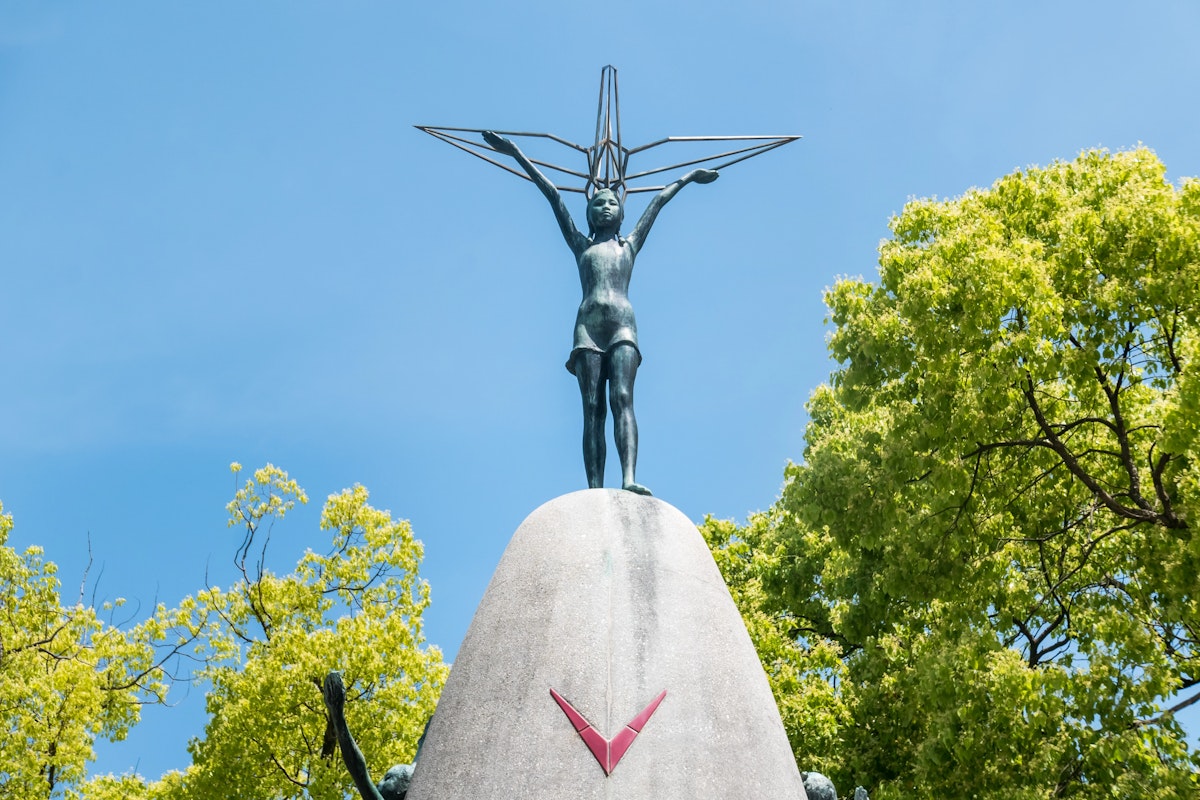
Hiroshima, a city synonymous with the devastating atomic bombing of World War II, has transformed itself into a vibrant cultural hub. Beyond its historical significance, Hiroshima boasts a rich art scene encompassing museums, galleries, and street art.
This blog post delves into Hiroshima's artistic landscape, exploring the diverse offerings that make it a compelling destination for art appreciation.
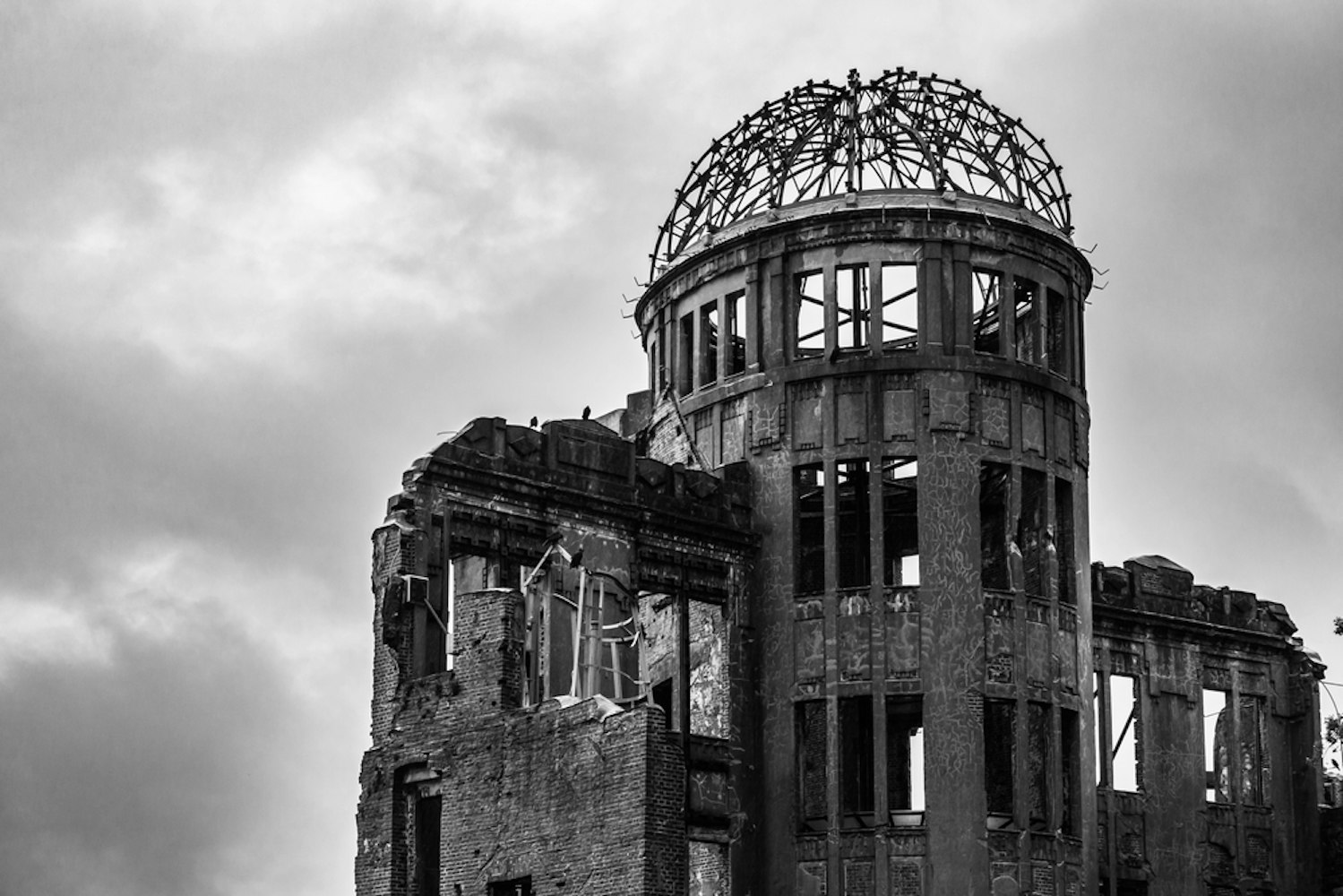
Hiroshima's history is marked by the tragic events of August 6, 1945, when the atomic bomb was dropped, forever changing the city and its people. The aftermath of the bombing led to rebuilding and a commitment to peace, epitomized by the Hiroshima Peace Memorial Museum and the Hiroshima Peace Memorial Park.
This history has profoundly influenced the city's art scene, inspiring a unique blend of traditional and contemporary art that reflects the sorrow and hope of Hiroshima's residents.
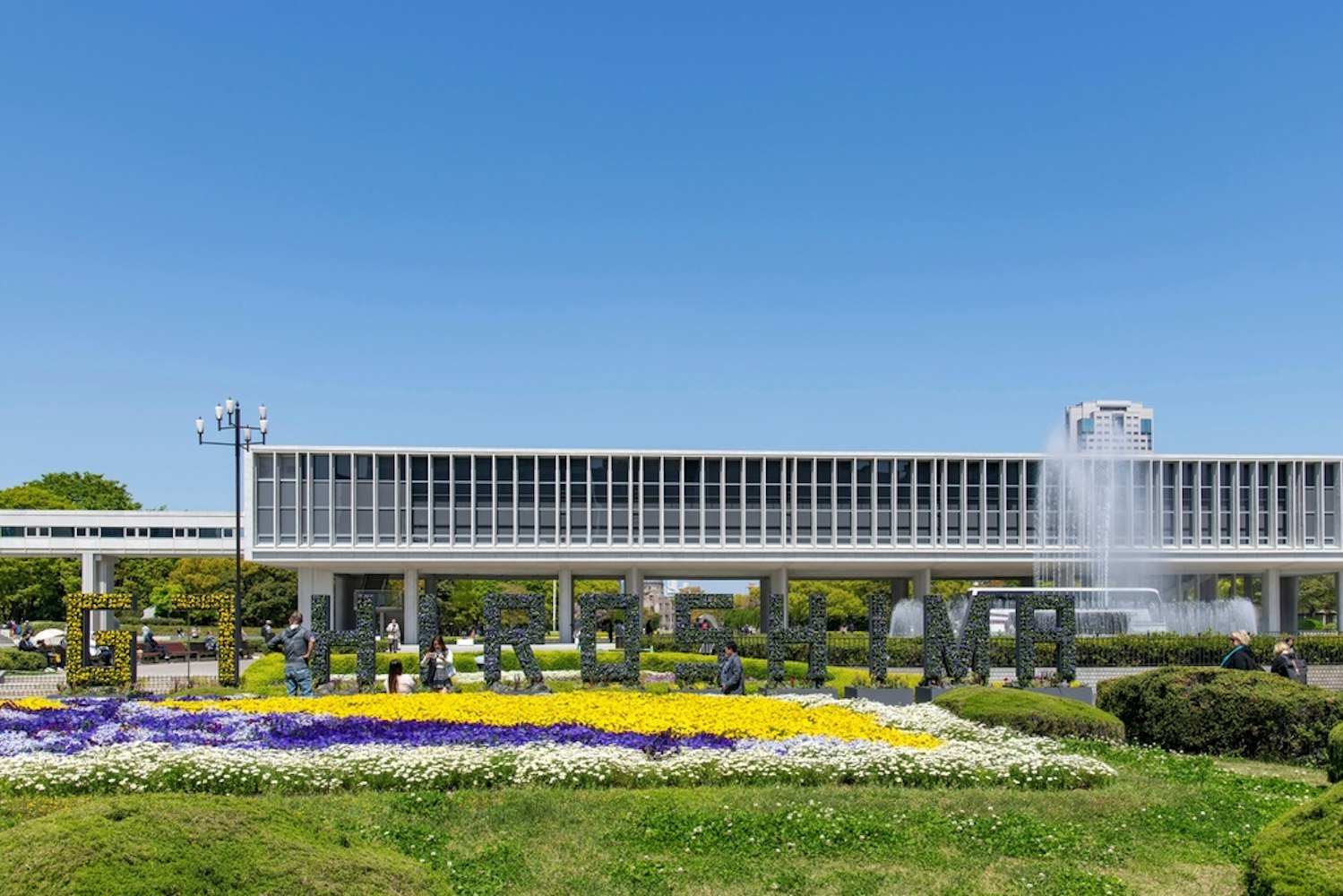
Located in the scenic Hijiyama Park, the Hiroshima City Museum of Contemporary Art (Hiroshima MOCA) opened in 1989 and is Japan's first public museum dedicated exclusively to contemporary art. The museum features a diverse collection of modern art, including paintings, sculptures, photographs, and installations by established and emerging Japanese and international artists.
Notable pieces in its collection include works by Henry Moore, Andy Warhol, and Frank Stella. In addition to its permanent collection, Hiroshima MOCA hosts special exhibitions throughout the year, showcasing various artistic movements and themes.
The Hiroshima Peace Memorial Museum, situated within Hiroshima Peace Memorial Park, is dedicated to documenting the atomic bombing of Hiroshima during World War II and the catastrophic aftermath that followed. The museum's collection exhibition includes personal belongings left by the victims, photographs, and other materials that vividly convey the horrors of the atomic bomb.
These artifacts and testimonies from survivors provide a poignant and emotional account of the events of August 6, 1945. The Hiroshima Museum aims to educate visitors about the devastating effects of nuclear weapons and advocate for world peace.
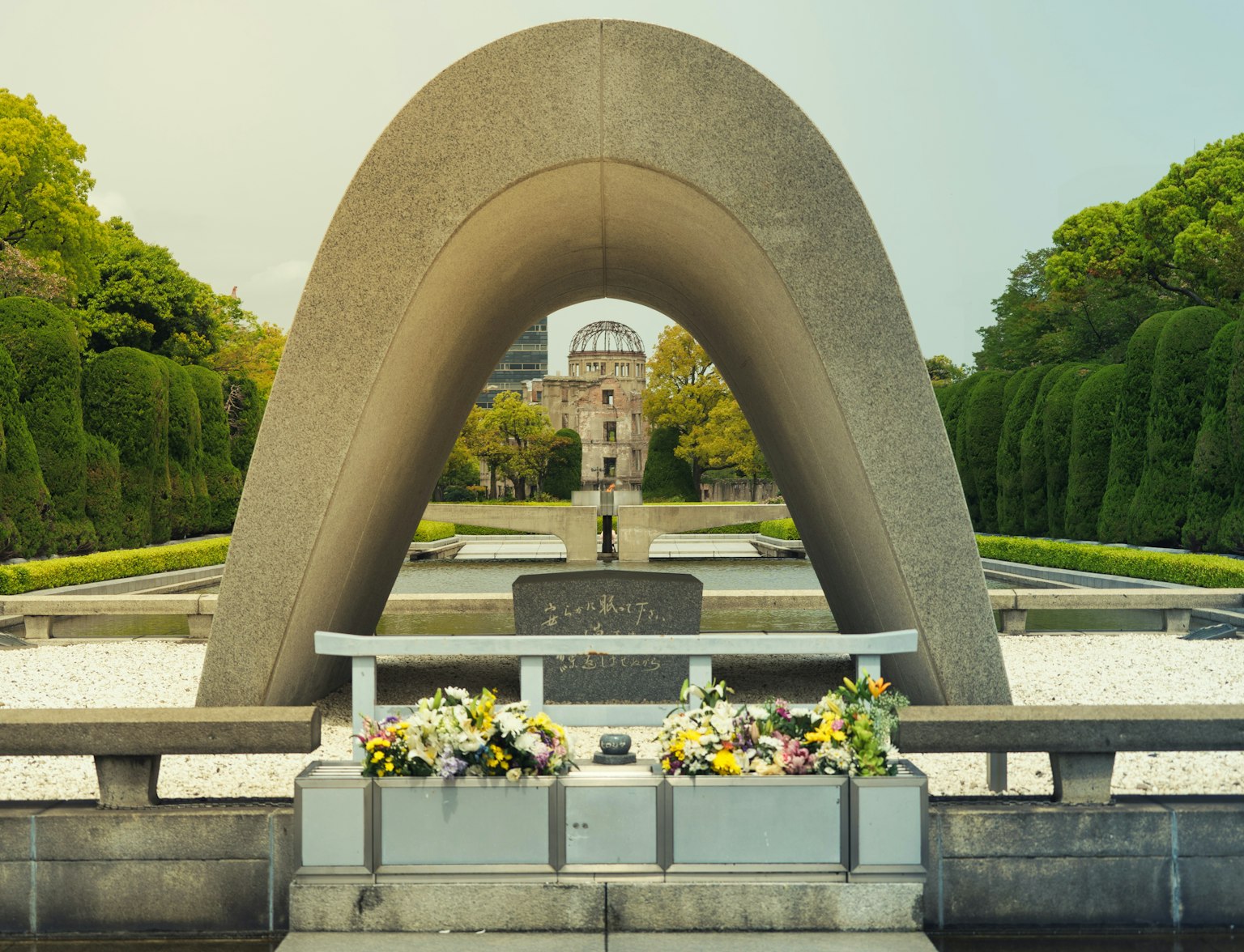
Explore the Hiroshima Peace Memorial Museum with this tour.
The Hiroshima Prefectural Art Museum in Hiroshima City boasts an extensive collection of over 5,000 works, including Japanese and Western art. The museum's collection highlights significant art from the 1920s and 1930s, featuring renowned pieces such as Salvador Dalí's "Dream of Venus" and works by notable Japanese artists like Ikuo Hirayama, Kibo Kodama, and Genso Okuda.
Additionally, the museum emphasizes local art and artists connected to Hiroshima, creating a rich tapestry of regional cultural heritage. The museum frequently hosts special exhibitions, rotating its displayed collections about four times a year to provide fresh and engaging experiences for visitors.
The Hiroshima City Manga Library, located in the scenic Hijiyama Park, is a unique institution dedicated to the art and culture of manga. Opened in 1997, the library houses approximately 155,000 volumes, including classic manga titles, magazines, and rare historical works.
It systematically collects, preserves, and provides access to these materials for viewing and borrowing. The library also organizes manga-related exhibitions, lectures, and events, contributing significantly to developing manga culture.
It is a popular spot for young people and manga enthusiasts, offering a comprehensive resource for casual readers and serious researchers.
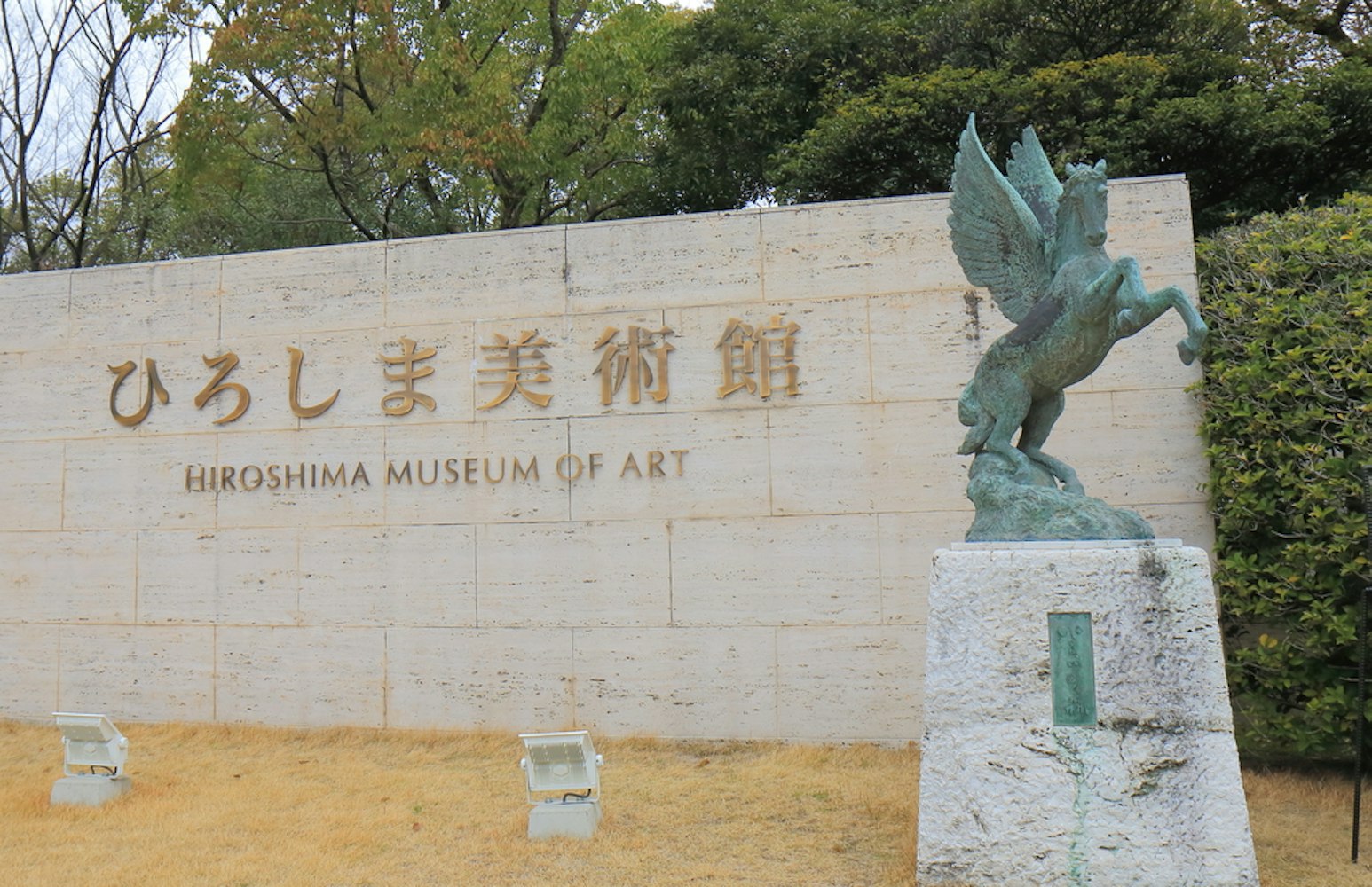
Located in the heart of Hiroshima City, Gallery G is a prominent art space known for its contemporary exhibitions featuring local and international artists. Situated across from the Hiroshima Prefectural Art Museum in Naka-ku, the gallery regularly hosts a variety of exhibitions and creative activities that engage the community and promote art appreciation.
Special exhibitions often showcase emerging artists and innovative projects, making it a vibrant part of Hiroshima's art scene. Additionally, Gallery G plays a significant role in cultural events, including projects that highlight the lives of atomic bomb survivors through powerful photography and narrative displays.
The Hiroshima Art Prize Gallery, located within the Hiroshima City Museum of Contemporary Art, celebrates the winners of the Hiroshima Art Prize. Established in 1989, this prestigious award honors artists who promote international understanding and peace.
The gallery features exhibitions by laureates, showcasing powerful and thought-provoking pieces that reflect the "Spirit of Hiroshima." These exhibitions often include significant works from the artists' careers alongside new creations inspired by Hiroshima's legacy of resilience and hope.
Notable past winners include Yoko Ono, Cai Guo-Qiang, and Alfredo Jaar, who contributed profoundly to contemporary art and peace advocacy.
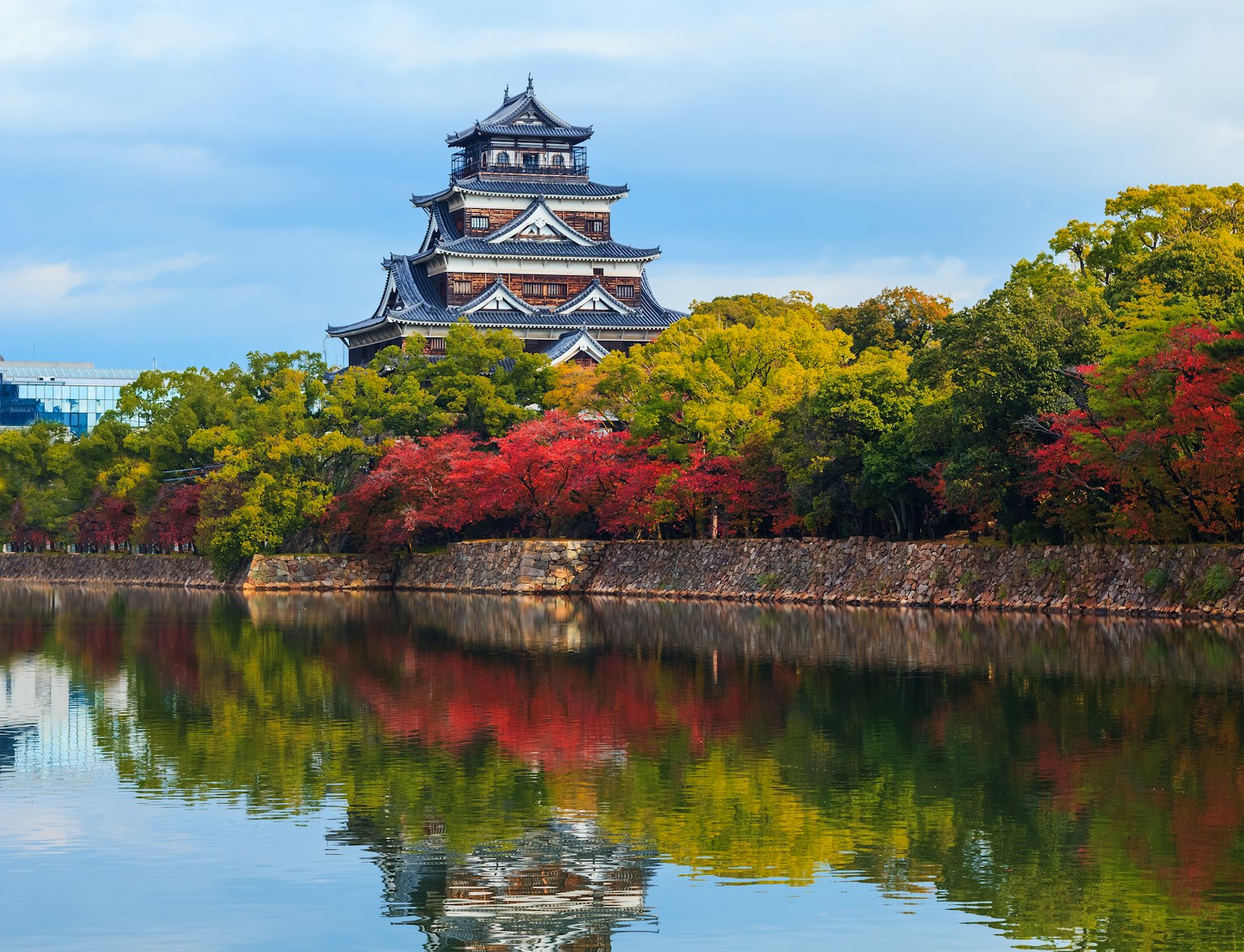
Visit this gallery with your custom itinerary.
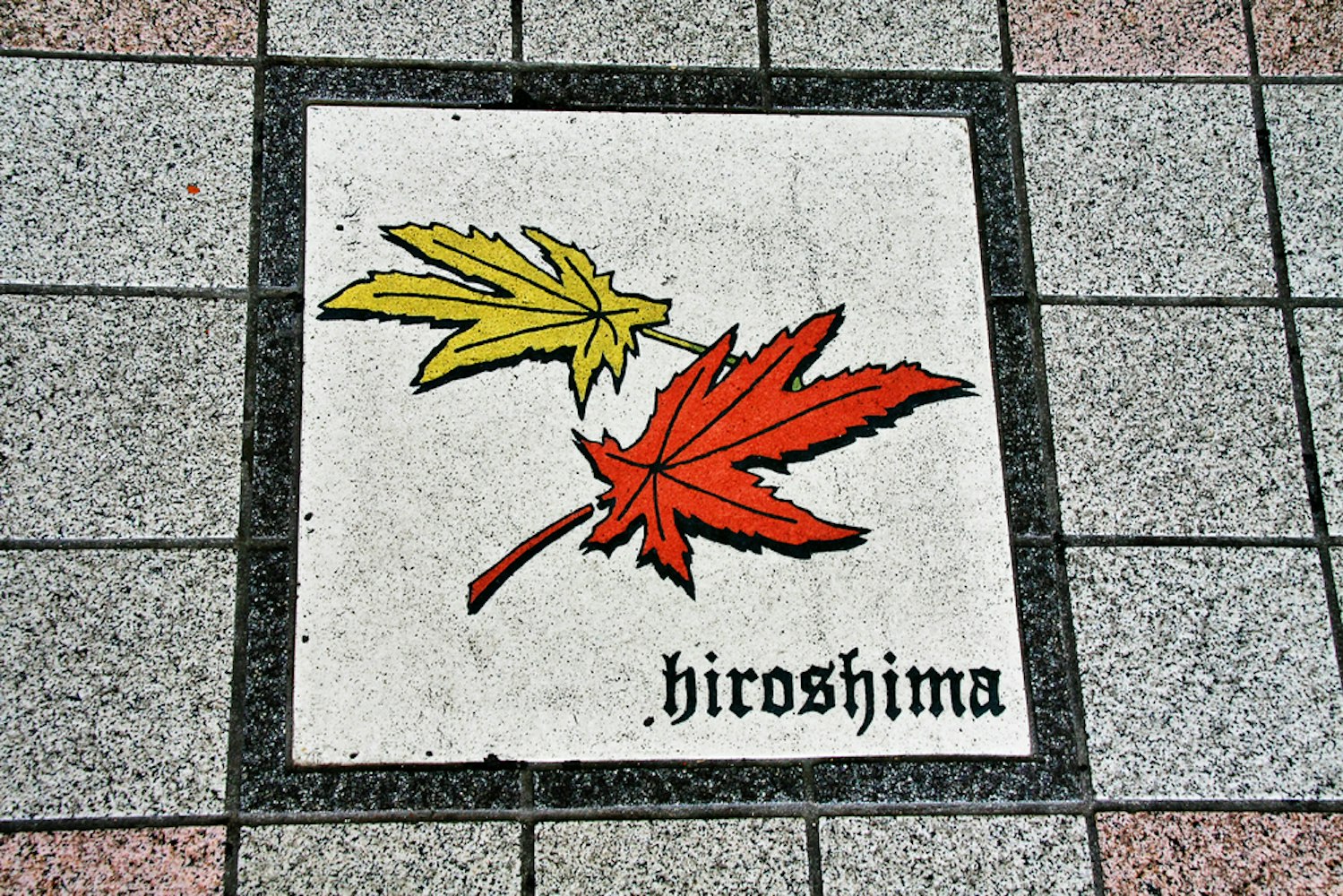
Peace Boulevard in Hiroshima is known for its vibrant street art and murals that reflect the city's message of peace and resilience. Among the notable artworks is the "Dreamination" installation, which transforms the boulevard into a luminous spectacle during the winter months.
This annual event features illuminated murals and sculptures that highlight themes of peace and hope, attracting locals and tourists. The murals along Peace Boulevard also include symbolic elements such as origami cranes and doves, representing the city's journey from the devastation of the atomic bombing to a beacon of peace and recovery.
Near the Atomic Bomb Dome in Hiroshima, you can find poignant street art that serves as a reflection of the city's past and its ongoing journey toward peace. This artwork often incorporates powerful imagery and messages that honor the victims of the atomic bombing and promote the cause of nuclear disarmament.
These pieces are artistic expressions, historical reminders, and symbols of hope, integrating the themes of resilience and peace central to Hiroshima's identity. This street art near such a significant landmark adds a layer of contemporary dialogue to the historical narrative preserved by the Atomic Bomb Dome itself.
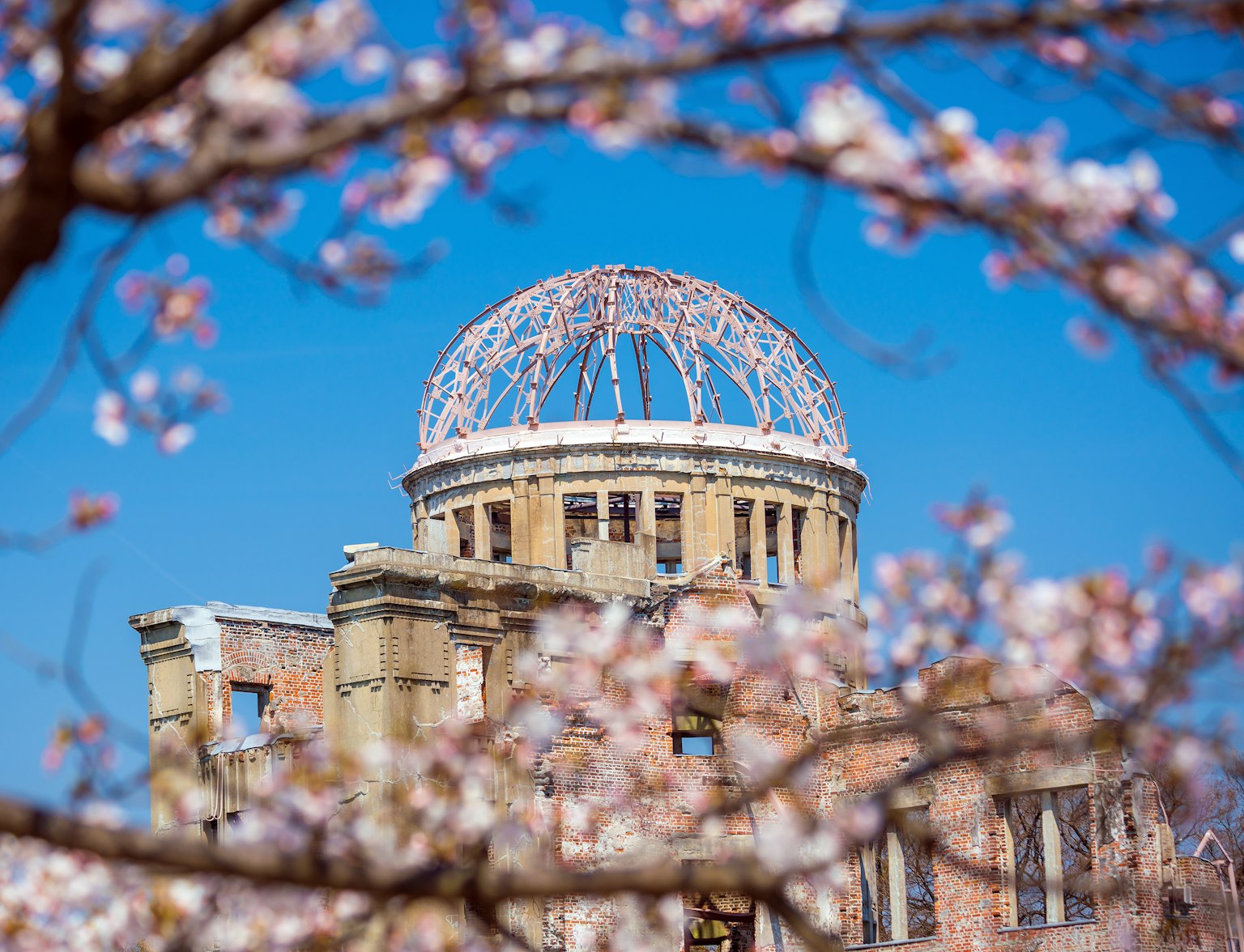
Stand before the Atomic Bomb Dome, an enduring symbol of survival and peace.
Naka-ku, the central ward of Hiroshima, is known for its engaging public art installations. These projects frequently involve local artists and students, fostering a collaborative environment that reflects the community's shared history and future aspirations.
The public art in Naka-ku includes various murals, sculptures, and interactive pieces that beautify the urban landscape and serve as platforms for social commentary and cultural expression. These installations often aim to connect Hiroshima's tragic past with its hopeful future, creating a poignant and thought-provoking experience for residents and visitors.
Hiroshima hosts several urban art festivals annually, where artists worldwide come to create murals and installations. These events, such as the Hiroshima Street Art Project, celebrate the city's artistic spirit and bring contemporary art to the streets, transforming public spaces into vibrant canvases.
The festivals attract local and international artists, fostering a dynamic cultural exchange and engaging the community in creative activities. Through these festivals, Hiroshima not only showcases its rich artistic heritage but also promotes art appreciation among its residents and visitors.
Hiroshima's art scene is a testament to the city's resilience and creativity. From world-class museums and galleries to vibrant street art, Hiroshima offers a rich tapestry of artistic experiences.
The city's commitment to peace and its historical legacy have shaped a poignant and inspiring art scene. For visitors and residents alike, Hiroshima's art provides a powerful way to connect with the past, appreciate the present, and envision a hopeful future.
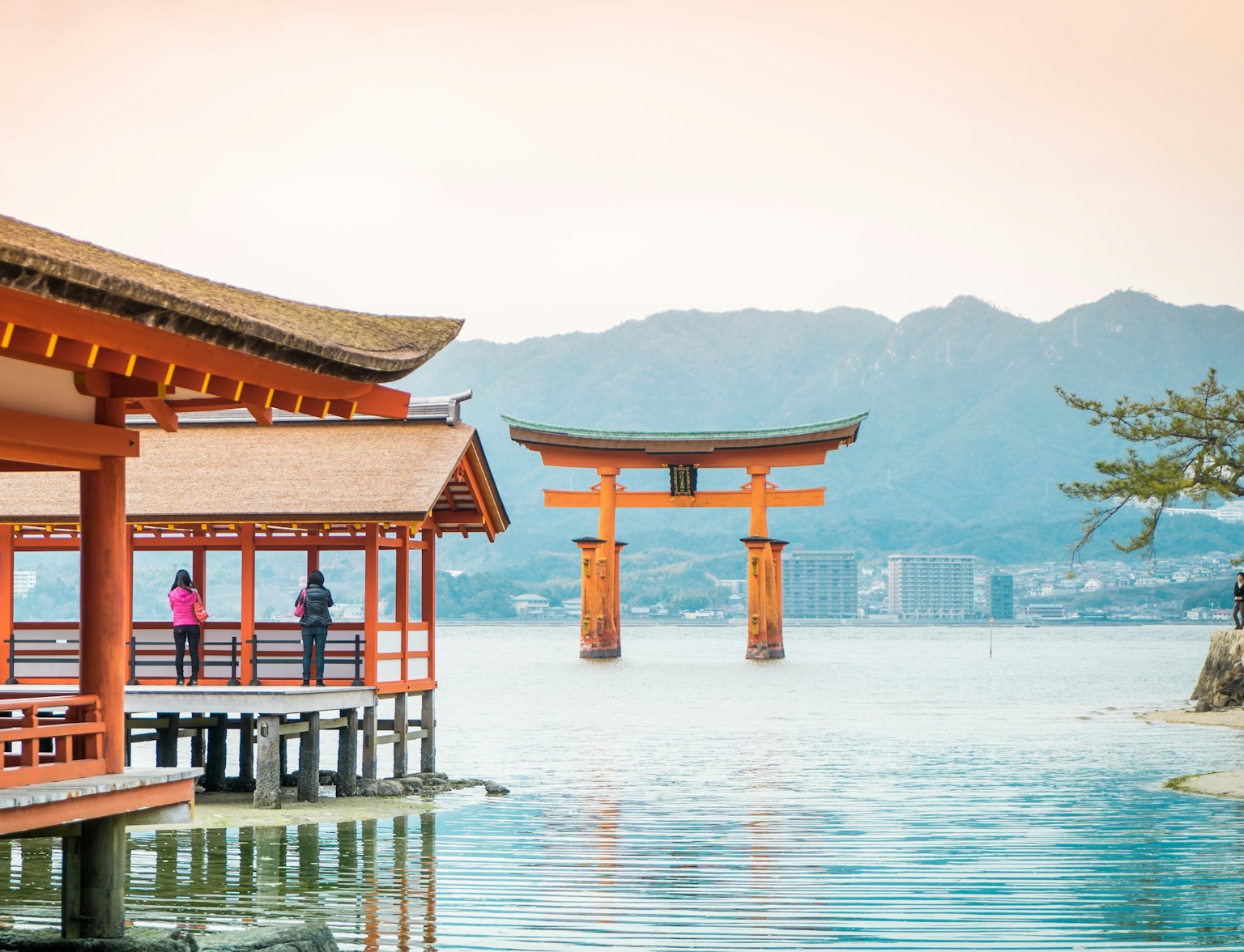
Uncover Hiroshima's tales on a full-day private tour.



